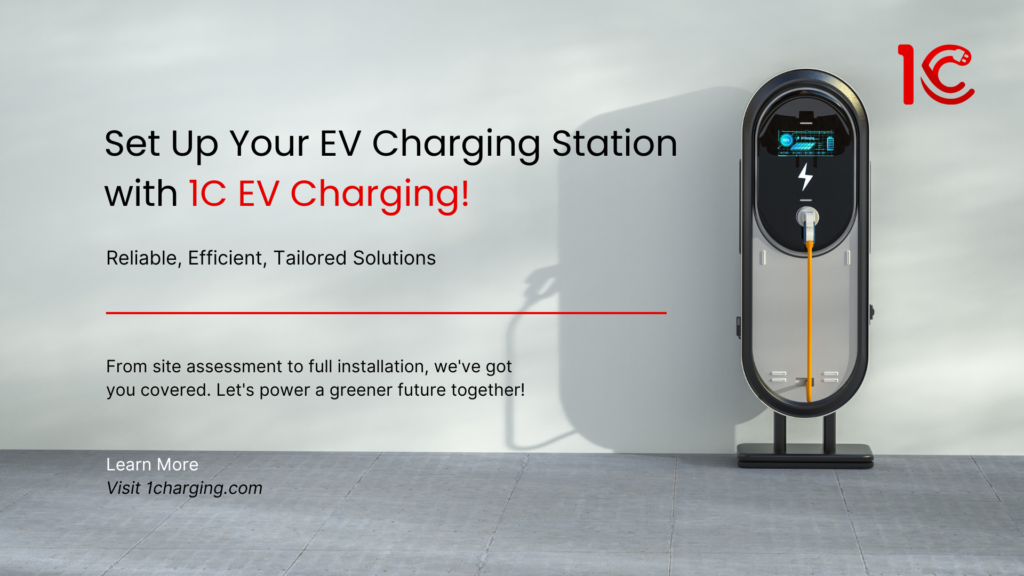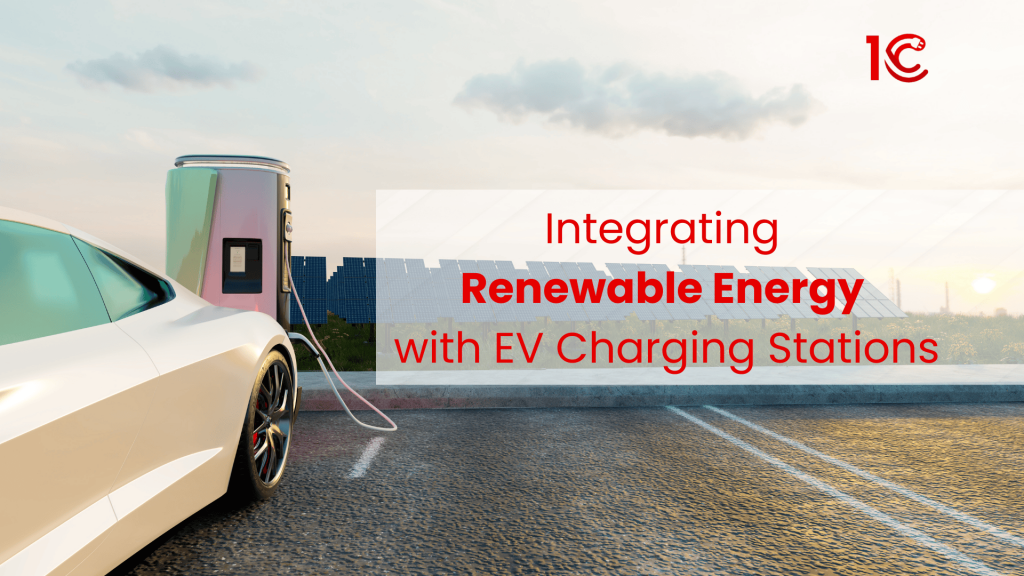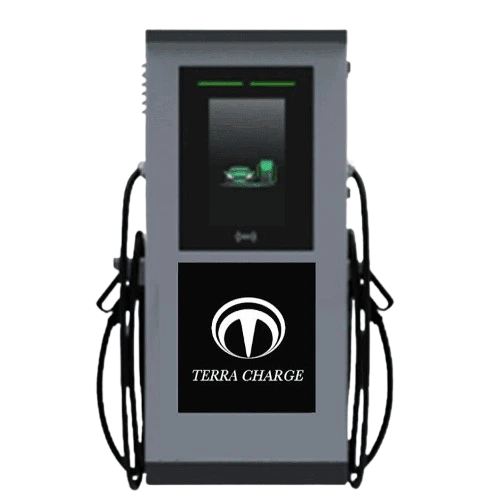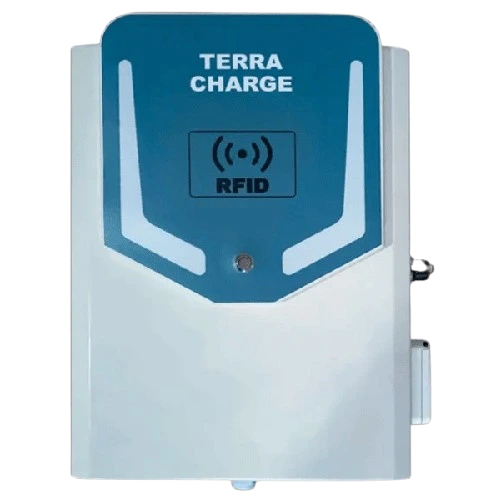As the world grapples with the pressing challenges of climate change and environmental sustainability, the integration of renewable energy with electric vehicle (EV) charging stations emerges as an important solution. This synergy not only advances the decarbonisation of the transport sector but also leverages the benefits of clean energy, fostering a more sustainable future.
The Imperative for Renewable Integration
Electric vehicles are celebrated for their potential to reduce greenhouse gas emissions compared to conventional internal combustion engine (ICE) vehicles. However, the true environmental benefit of EVs is significantly amplified when they are charged using renewable energy sources such as solar, wind, and hydropower. This integration addresses the dual challenge of reducing emissions from both the transportation and power sectors.
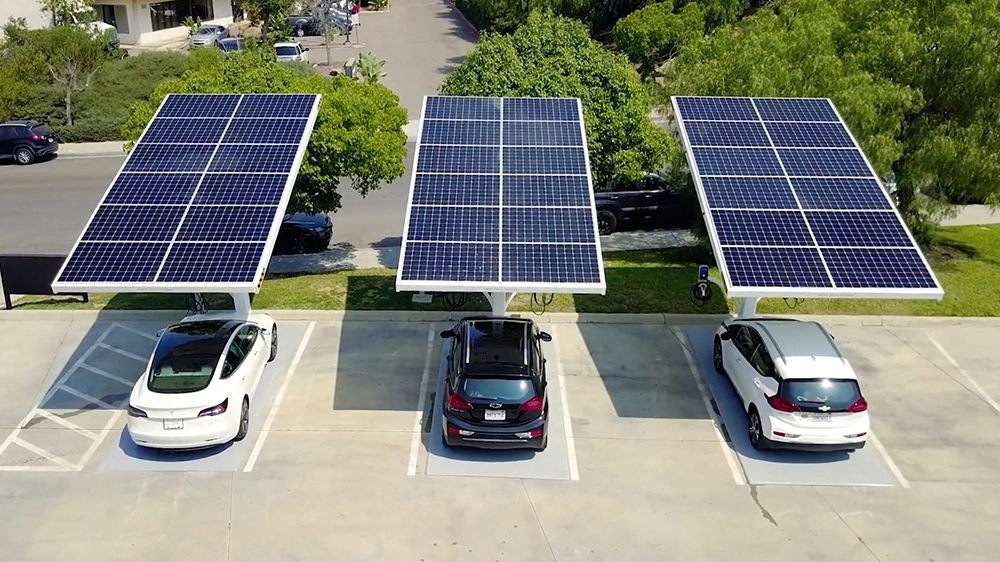
Technological Advancements
Recent advancements in technology have made the integration of renewable energy with EV charging stations more feasible and efficient. Solar-powered EV charging stations, for instance, are becoming increasingly popular. These stations use photovoltaic panels to generate electricity, which can then be stored in batteries or fed directly into the grid. Similarly, wind turbines can be installed at strategic locations to harness wind energy for EV charging.
Moreover, the development of smart grids and energy management systems has facilitated the seamless integration of renewable energy into the EV charging infrastructure. These systems enable real-time monitoring and management of energy flows, ensuring optimal utilization of renewable resources and enhancing grid stability.
Economic and Environmental Benefits
The integration of renewable energy with EV charging stations offers substantial economic and environmental benefits. Economically, it reduces the operational costs associated with EV charging by lowering dependence on fossil fuels and mitigating the volatility of energy prices. Additionally, it provides a hedge against regulatory risks associated with carbon pricing and emissions trading schemes.
Environmentally, this integration significantly curtails carbon emissions and other pollutants, contributing to cleaner air and a healthier environment. It also promotes the conservation of natural resources and biodiversity by reducing the demand for fossil fuel extraction and consumption.
Case Studies and Real-World Applications
Several regions and companies are already pioneering the integration of renewable energy with EV charging stations. In California, for instance, EVgo has launched the nation’s first 100% renewable-powered public fast-charging network. This initiative not only aligns with the state’s ambitious climate goals but also sets a benchmark for others to follow.
Want to start your own EV Charging Station? Fill out the form here.
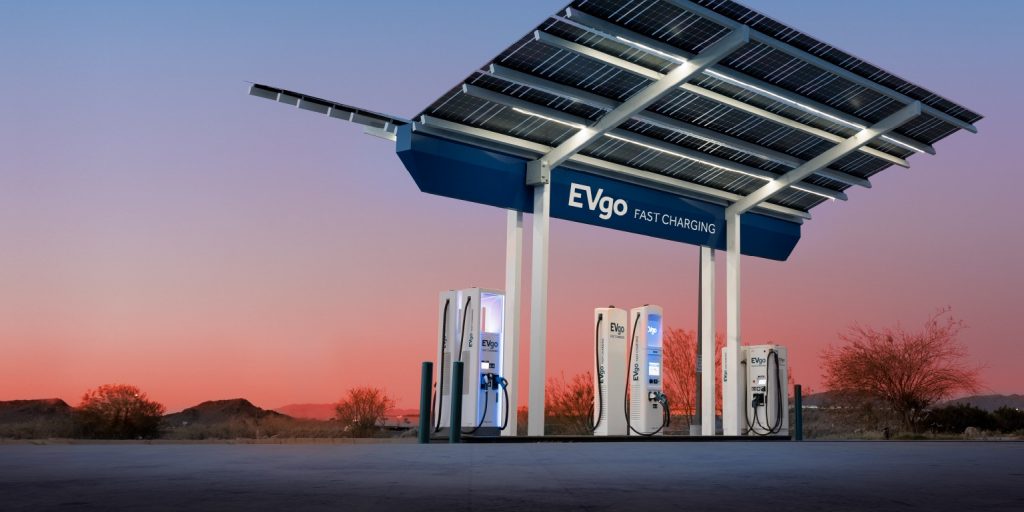
Similarly, in Europe, the Netherlands has been at the forefront of integrating wind energy with EV charging infrastructure. The country’s extensive network of wind-powered charging stations supports its commitment to becoming carbon-neutral by 2050.
Challenges and Future Prospects
Despite the promising prospects, several challenges must be addressed to fully realise the potential of integrating renewable energy with EV charging stations. These include the intermittency of renewable energy sources, the need for substantial investments in infrastructure, and regulatory hurdles.
However, with continuous technological advancements and supportive policies, these challenges can be mitigated. Governments and private sector stakeholders must collaborate to create conducive environments for investment, innovation, and deployment of renewable-powered EV charging infrastructure.
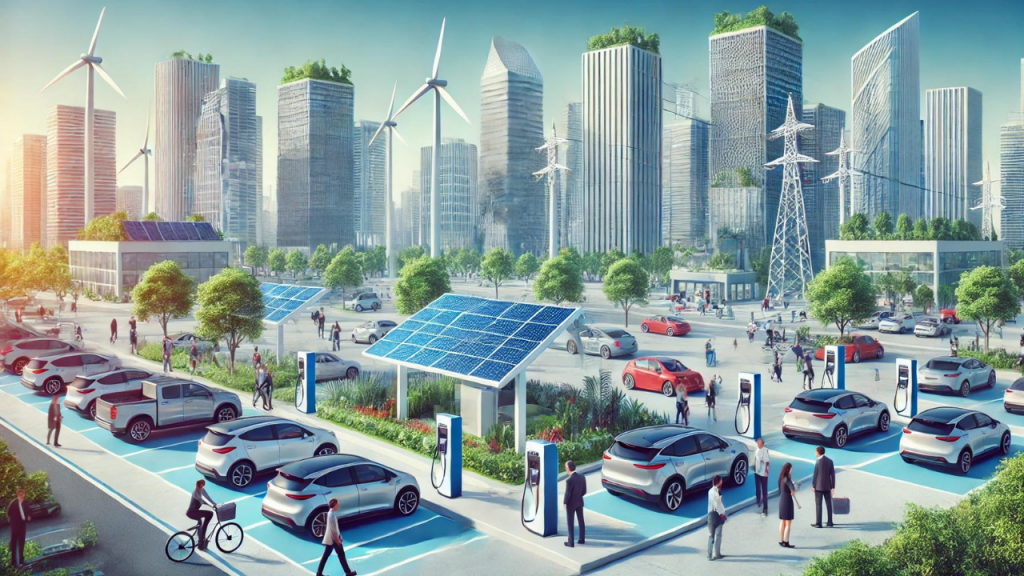
Conclusion
Integrating renewable energy with EV charging stations represents a critical step toward a sustainable and resilient energy future. It aligns with global efforts to combat climate change and promotes a cleaner, healthier environment. As technological advancements continue and the renewable energy sector grows, this integration will play a crucial role in shaping a sustainable transportation ecosystem. The time to invest in and advocate for this transformative synergy is now, ensuring that the journey toward a greener future accelerates with every charged battery and every renewable watt.
